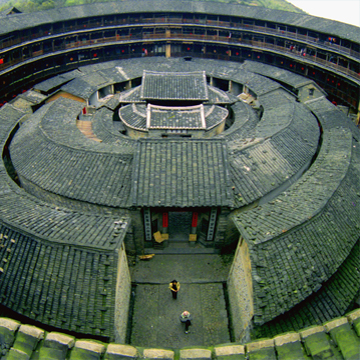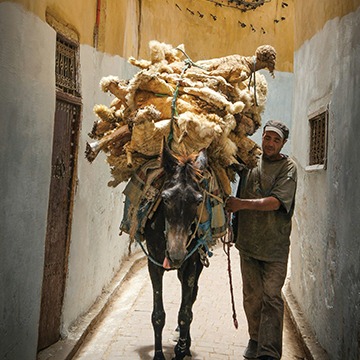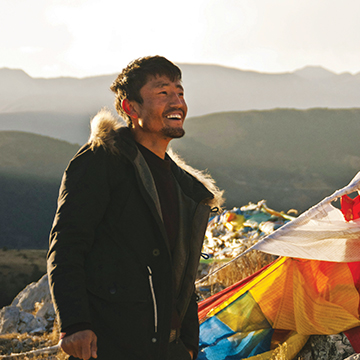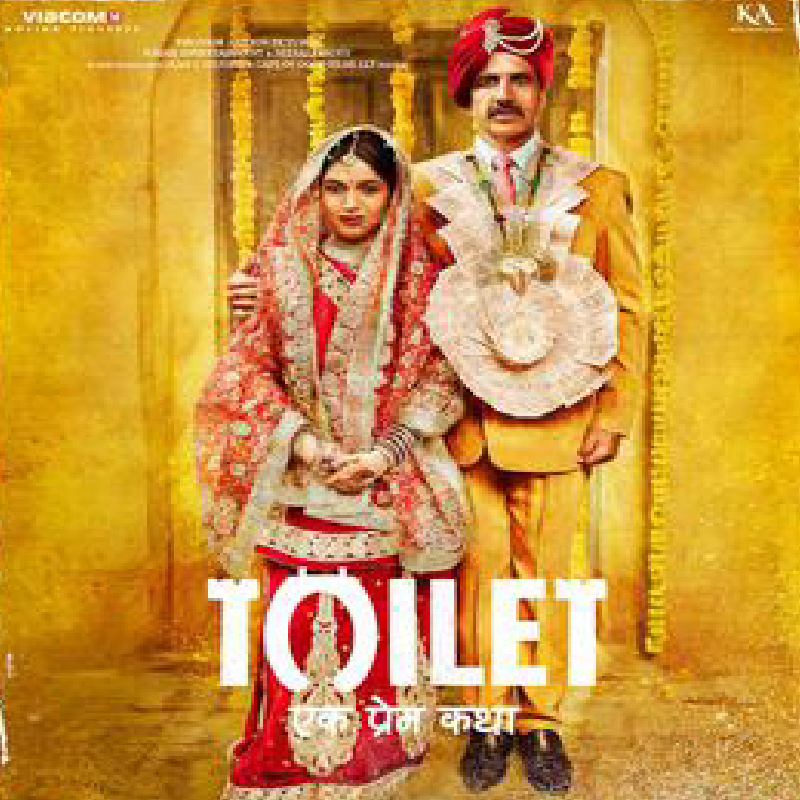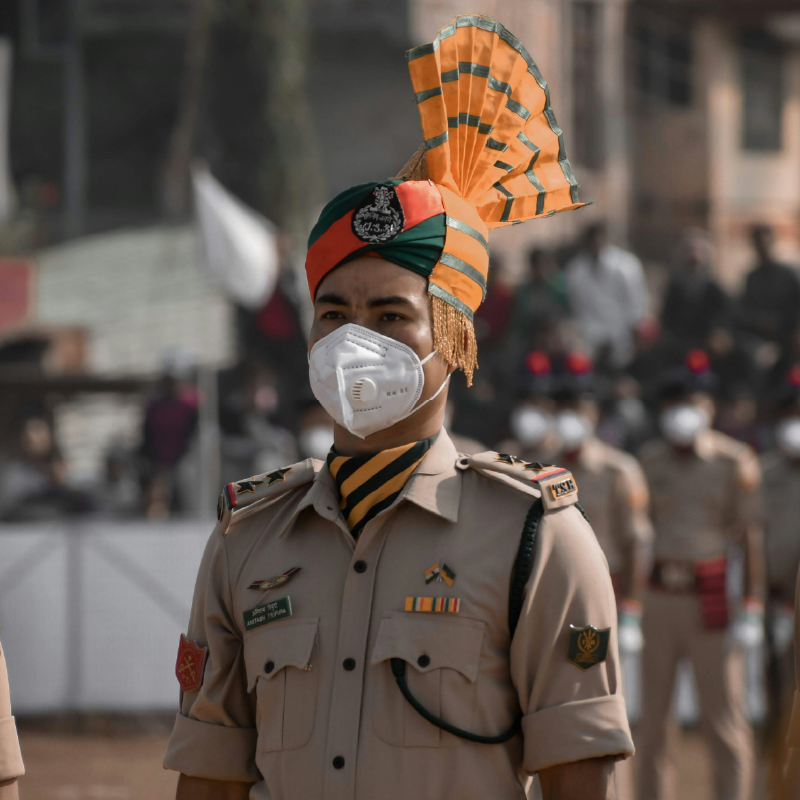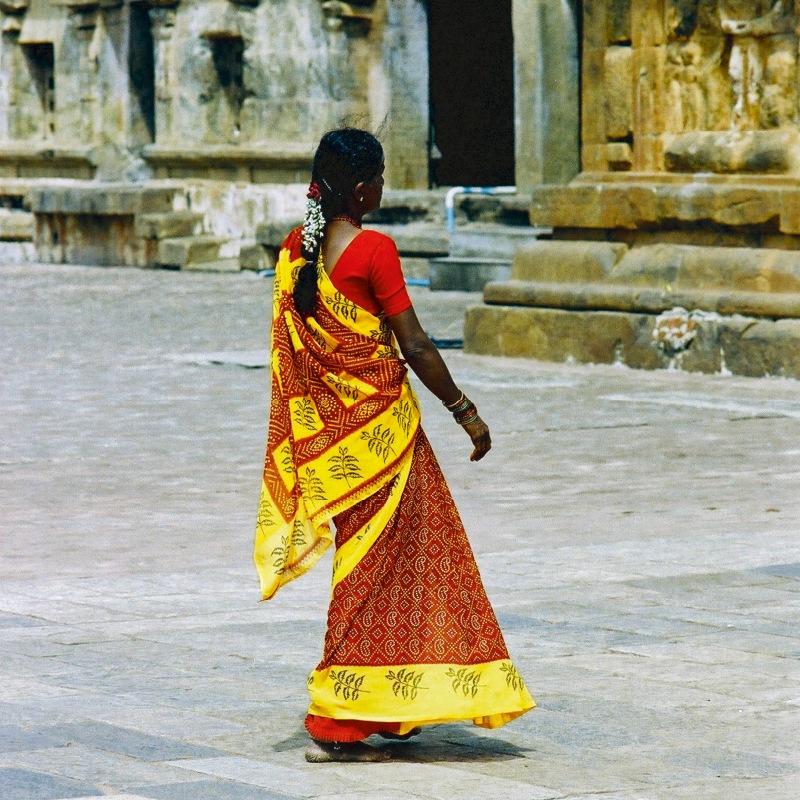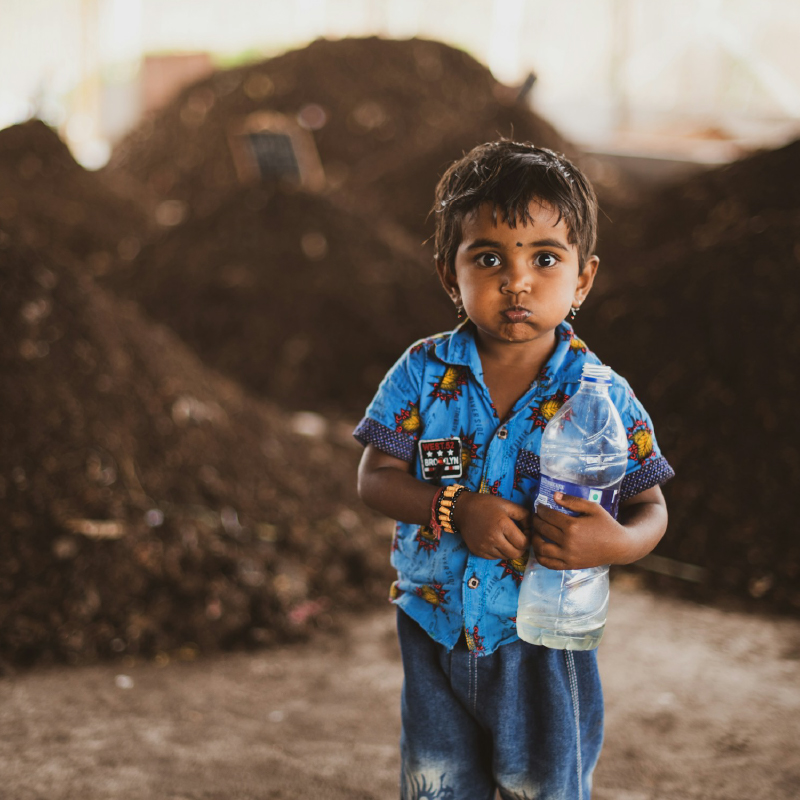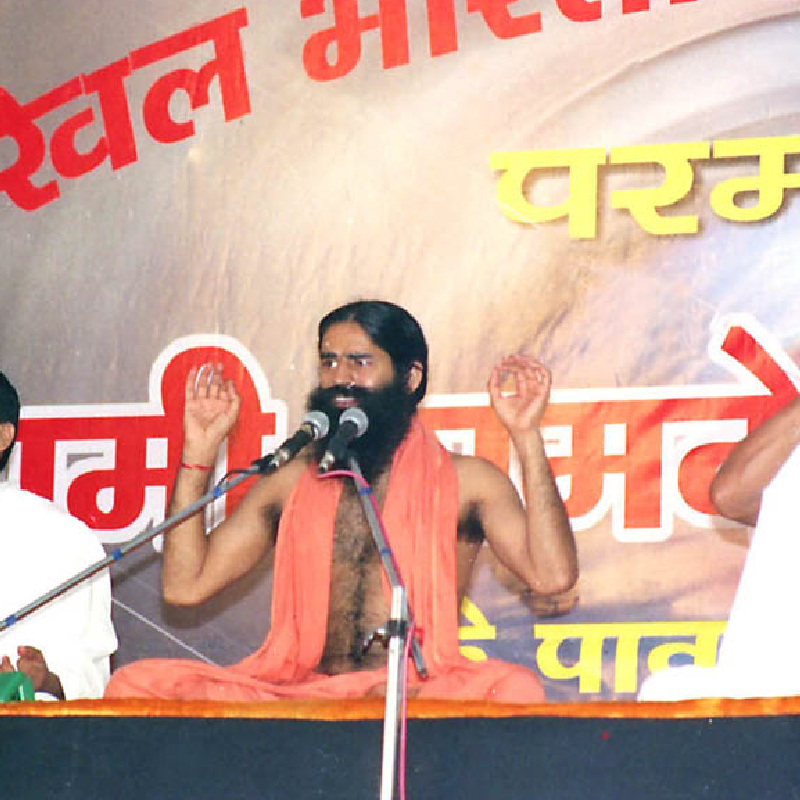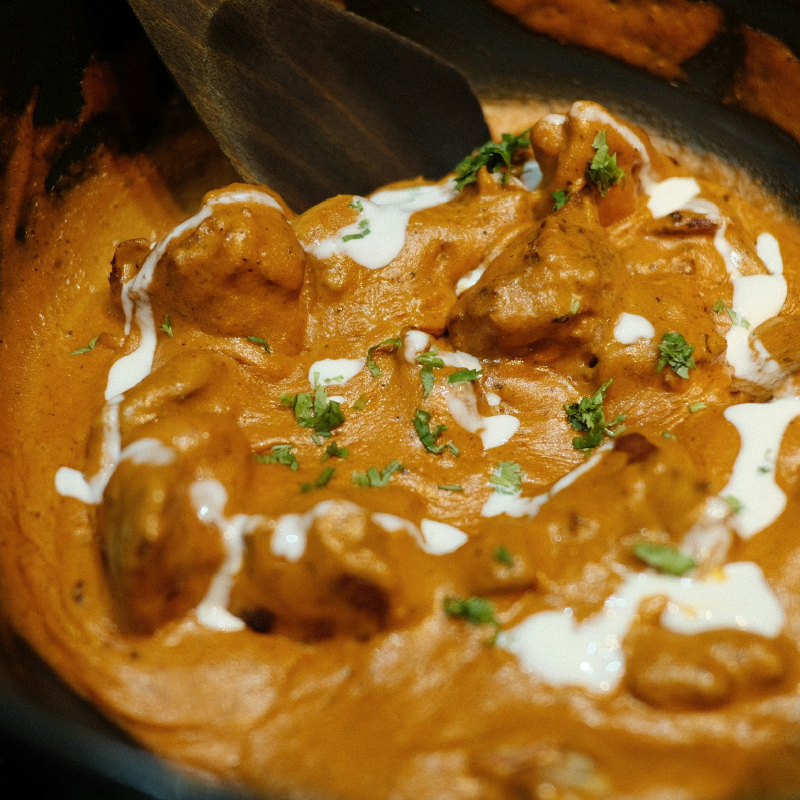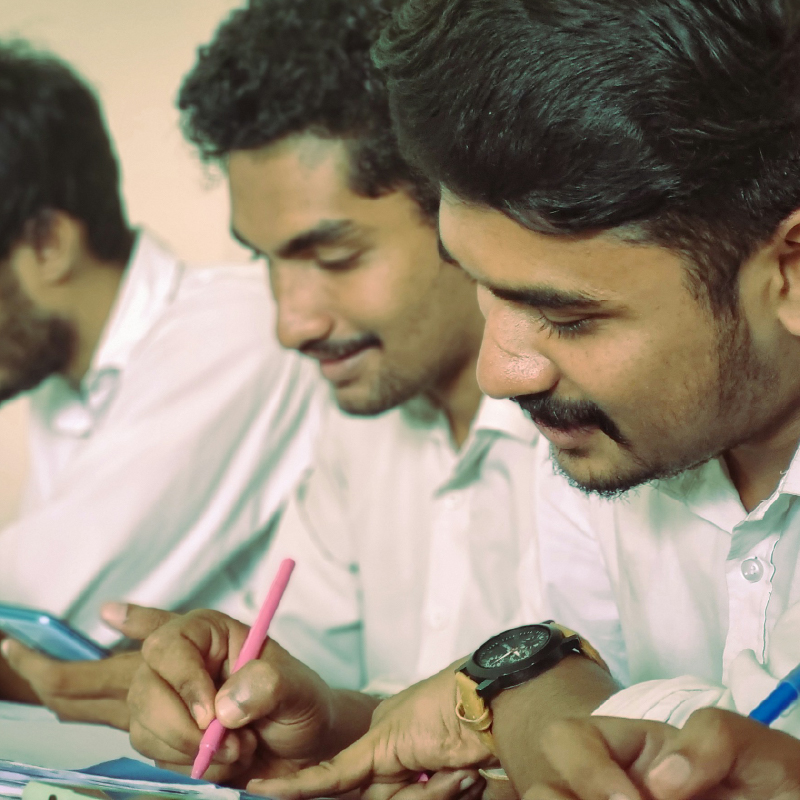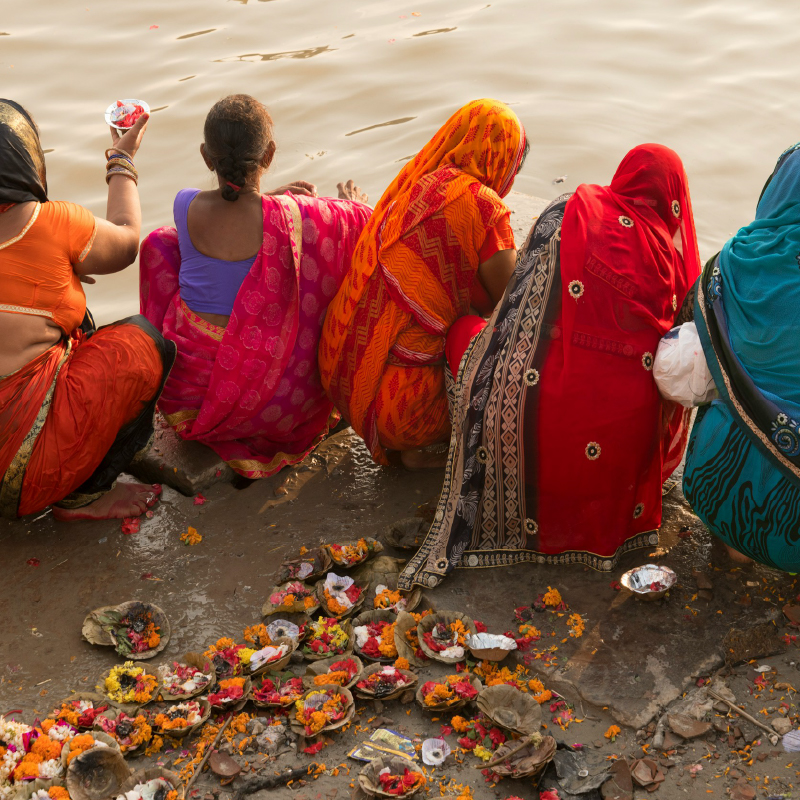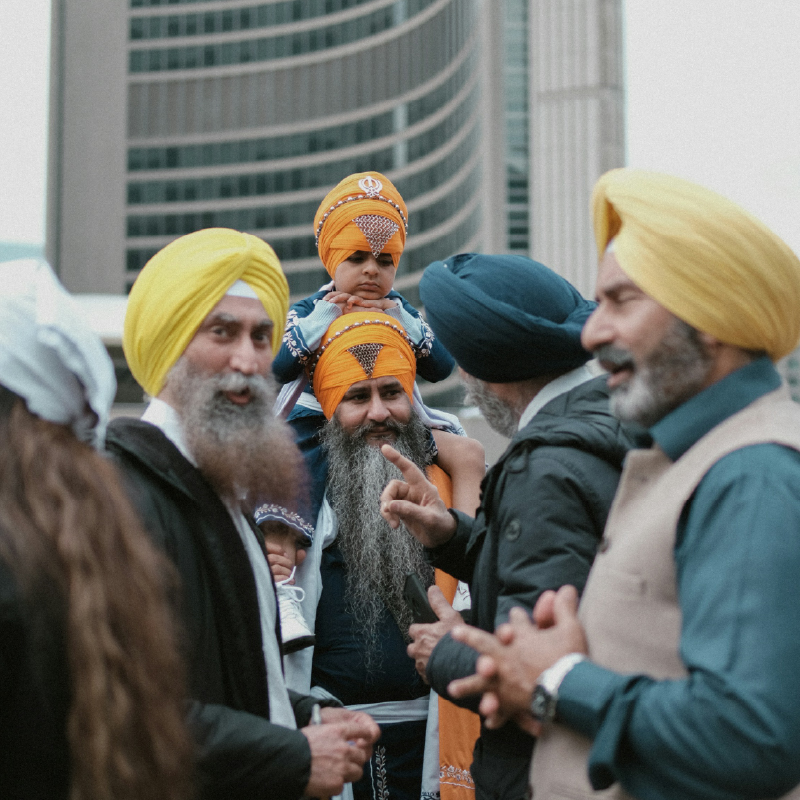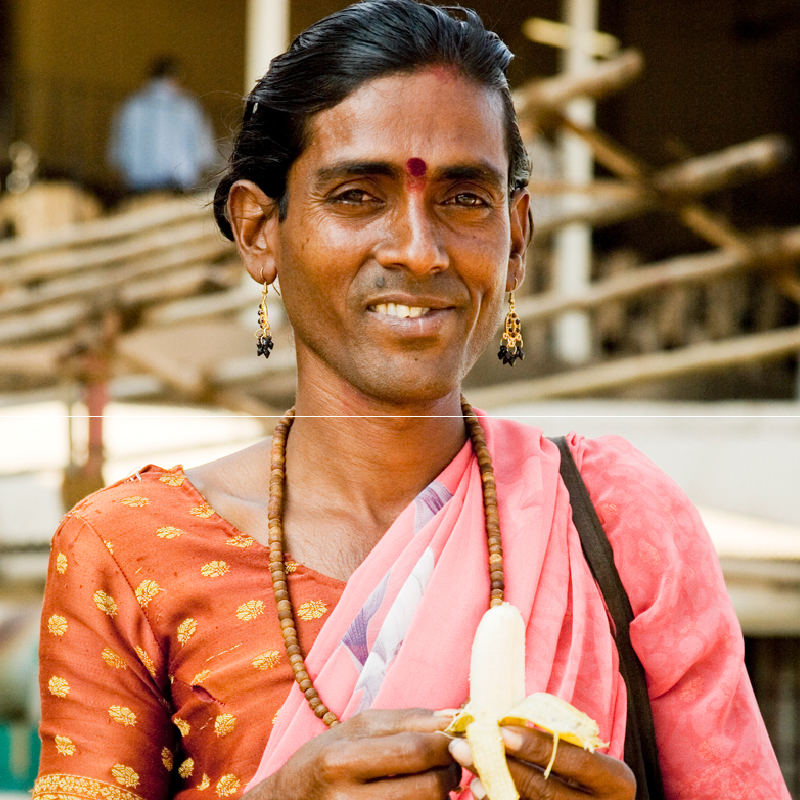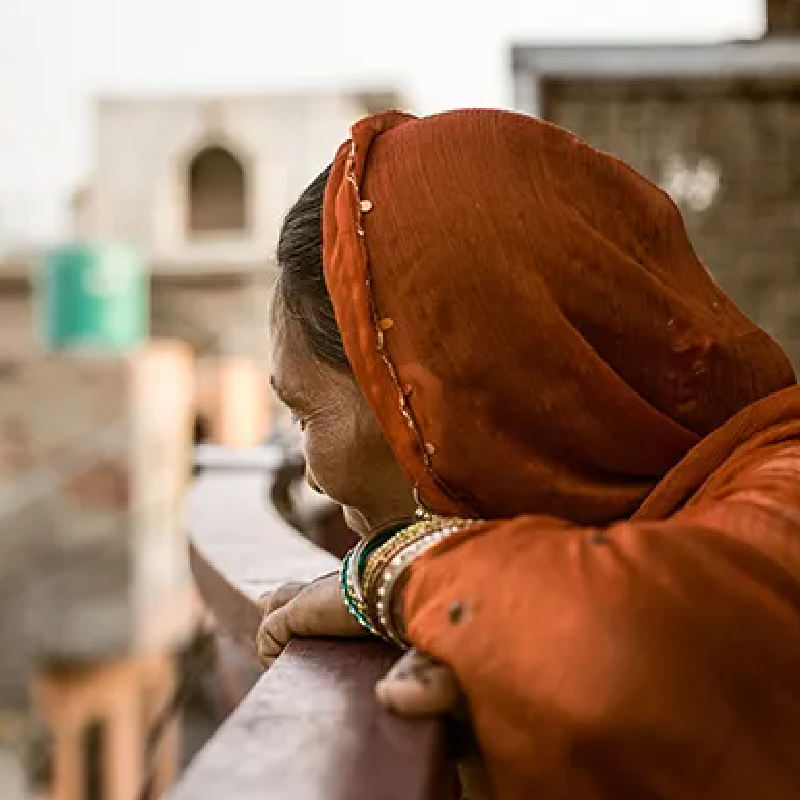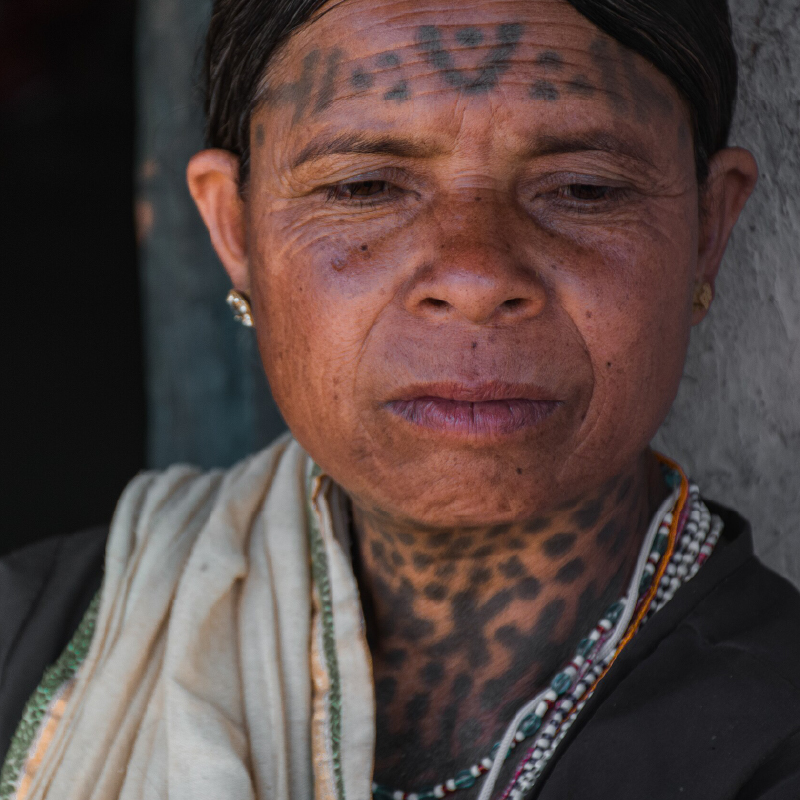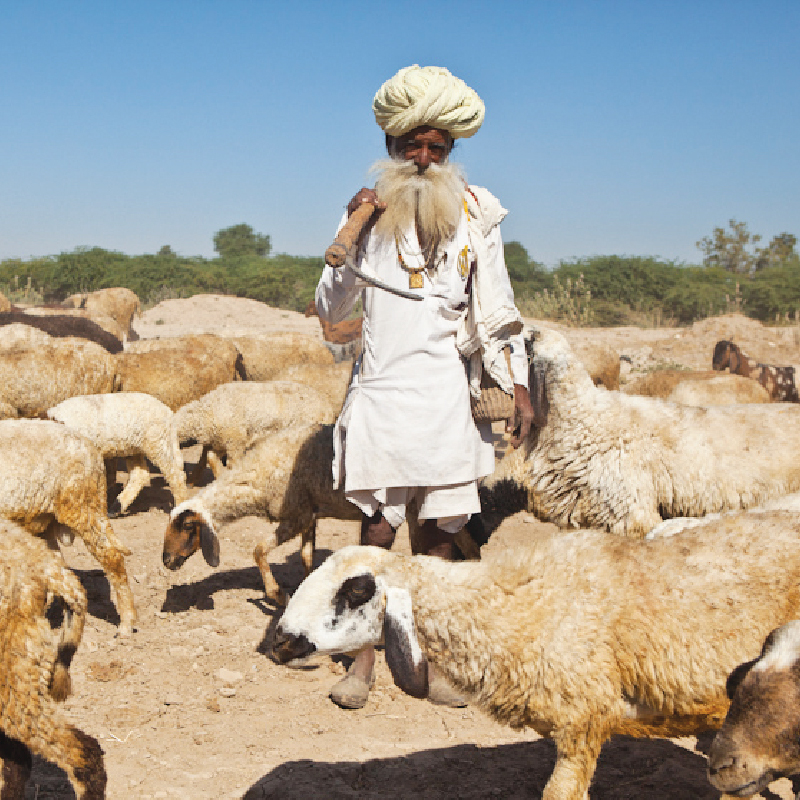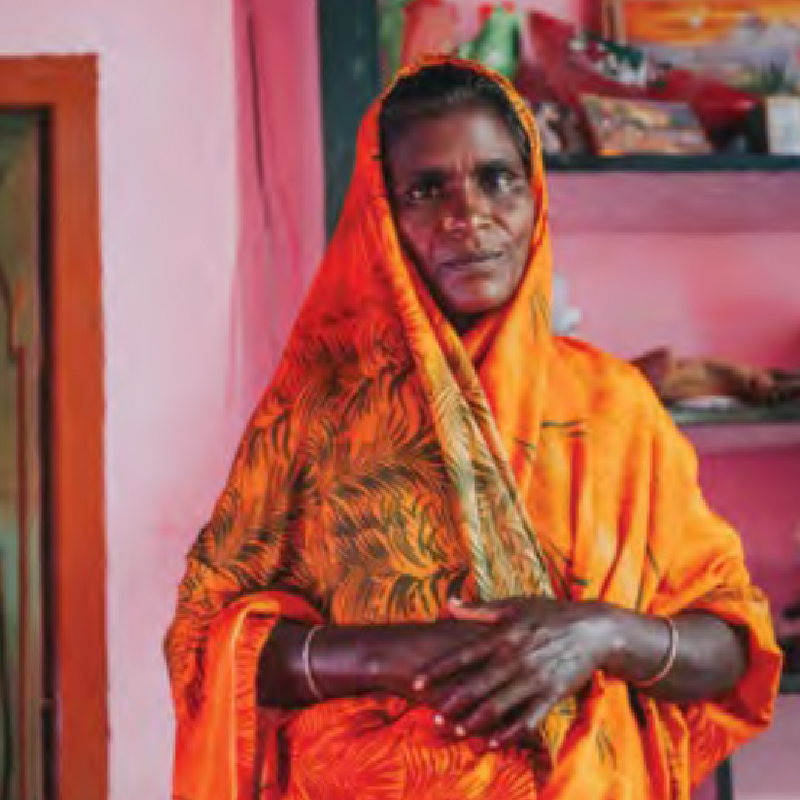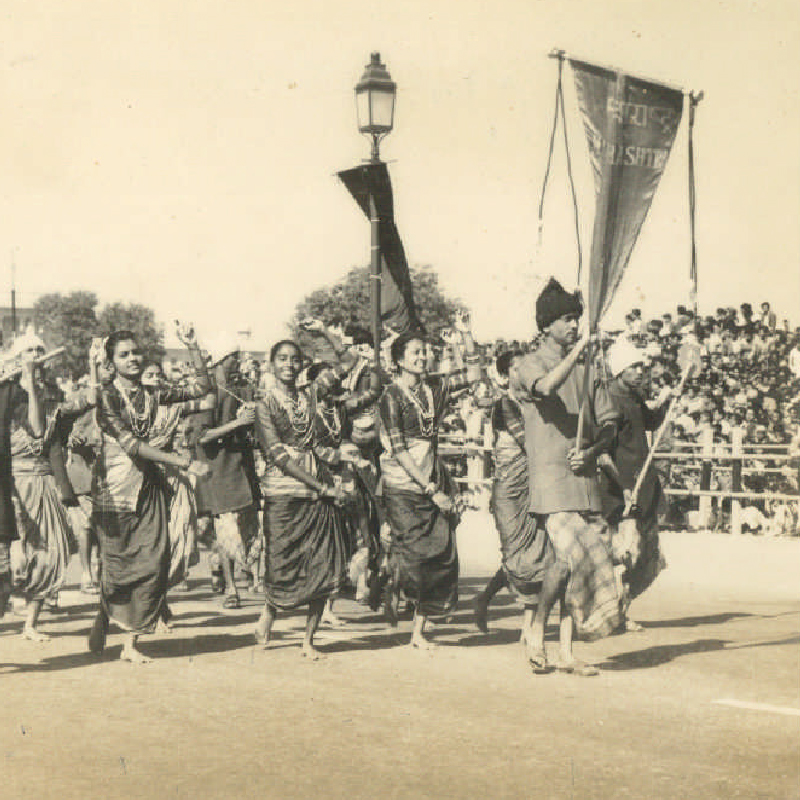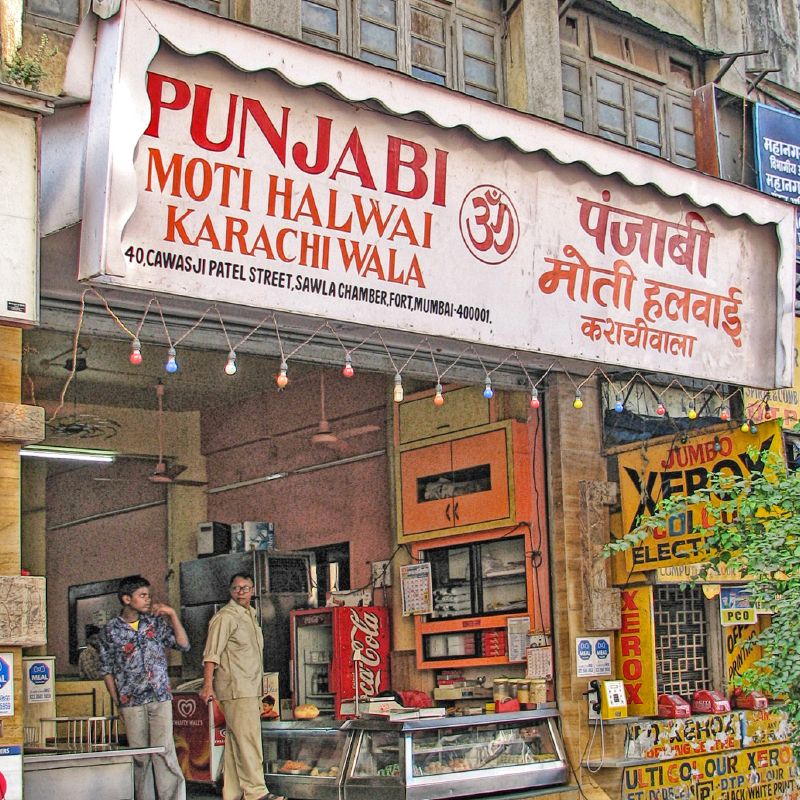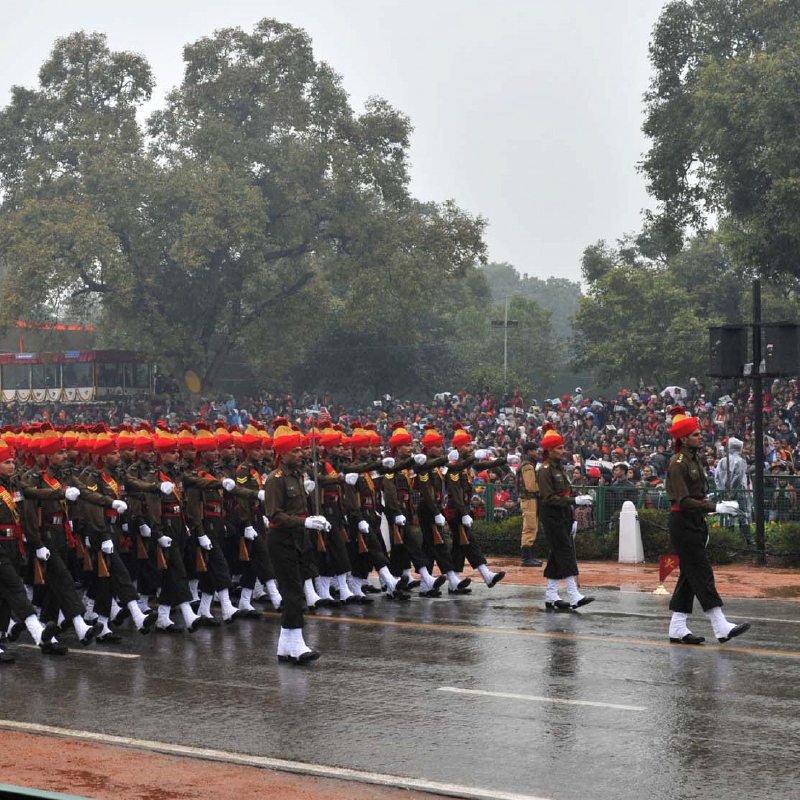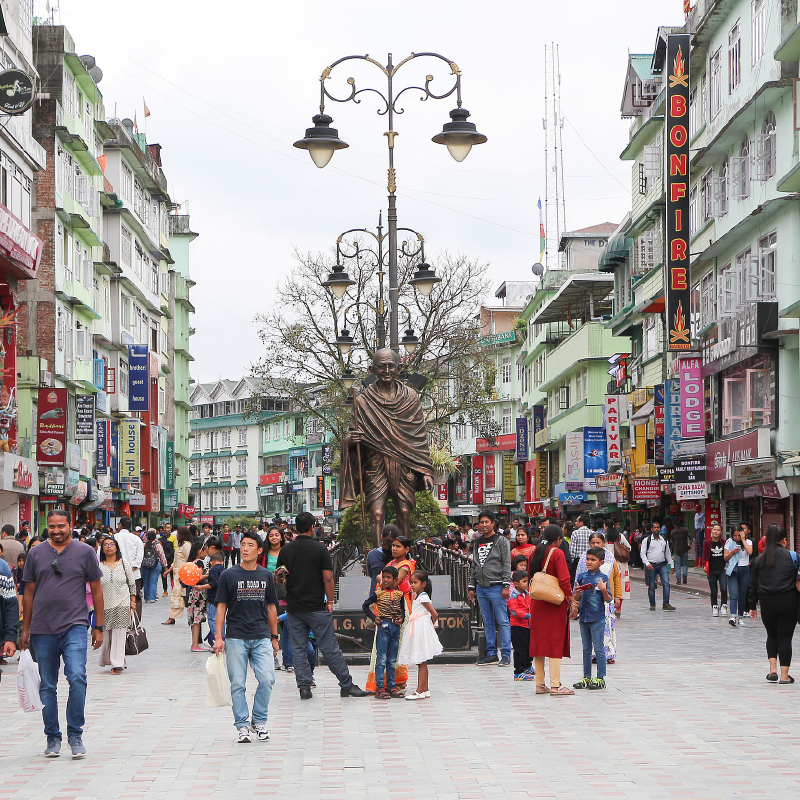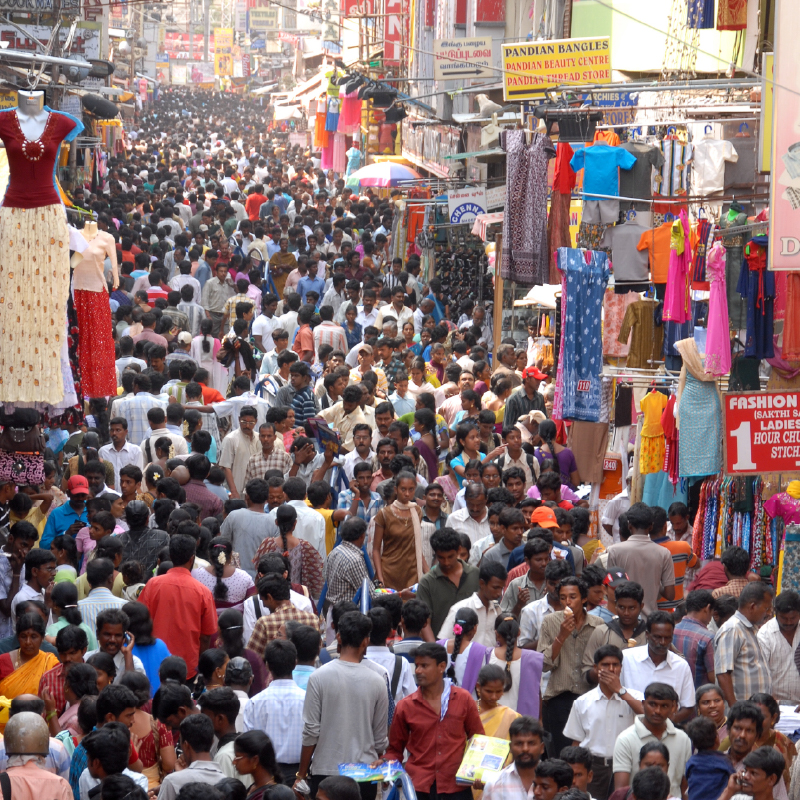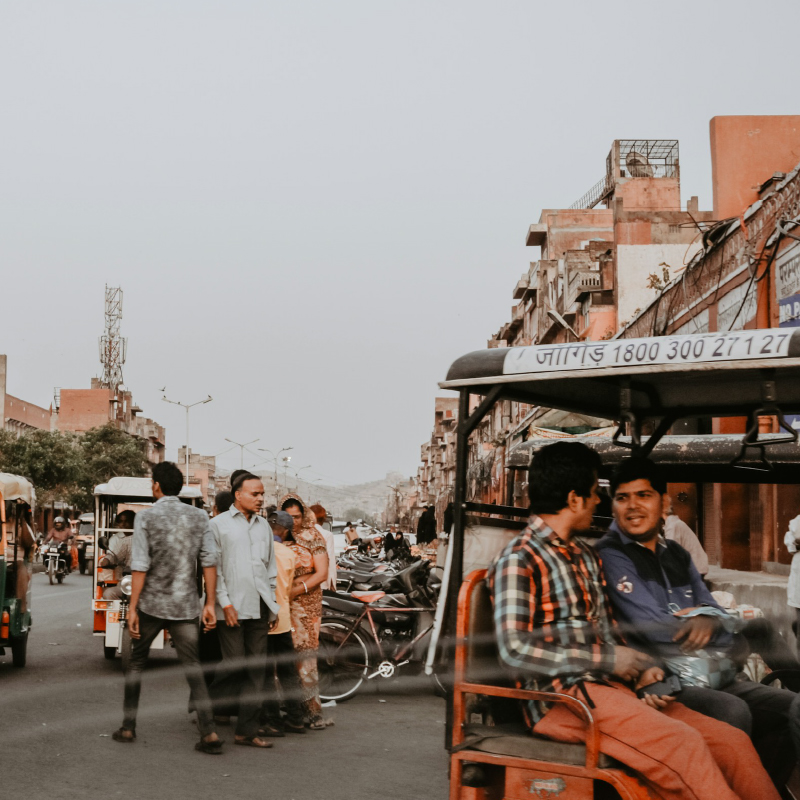"REEL" INDIA
Discovering India Through Film

1-30 Writer

Discovering India Through Film
When it comes to learning about the unreached, cultural differences, or pressing social issues, films can sometimes be a better entry point than academic articles or news reports. What makes film so valuable is that it’s accessible and immersive. Through moving images and sound, stories unfold in a way that allows us, in just a couple of hours, to step into another cultural world and even experience the emotions and struggles of its characters.
Delhi Crime takes a starkly realistic approach to expose the 2012 Delhi bus gang rape that shocked the world, laying bare the violence and oppression faced by Indian women. In contrast, Pad Man tells the story of a husband fighting for his wife’s right to use sanitary pads, shedding light on women’s health issues in rural India and the cost of breaking cultural taboos.
Beyond women’s issues, Article 15 confronts India’s entrenched caste system. Based on a constitutional clause, the film shows how laws alone cannot dismantle caste discrimination, which continues to marginalize Dalits and permeates political and policing structures.
Then there’s 3 Idiots, which, with humor and wit, critiques India’s education system. Beneath the comedy lies a painful reality: countless students caught up in the race for elite institutions lose their identity, their direction in life, and sometimes even their lives.
Hope Beyond the Screen
For Christians, watching films is not just entertainment. As we follow the director’s lens and glimpse the brokenness, struggles, and injustices of Indian society, a deeper question inevitably arises: What hope can the gospel bring here?
When Jesus became flesh and entered this world, He did not conform to the dominant culture. He stood up for the oppressed, drew near to those deemed “less than”—women and lepers—and disrupted the suffocating rules of His society, unsettling the Pharisees while offering true freedom to others. We believe that even today, Jesus longs to walk into Indian society, sit with the marginalized, and proclaim a love that knows no caste.
This issue of Mission Pathway features 15 carefully selected Indian films that highlight different facets of this complex and diverse nation. We invite you to set aside a weekend, pick a few from the list, and let film become a window into both the needs of India and the hope of the gospel.













